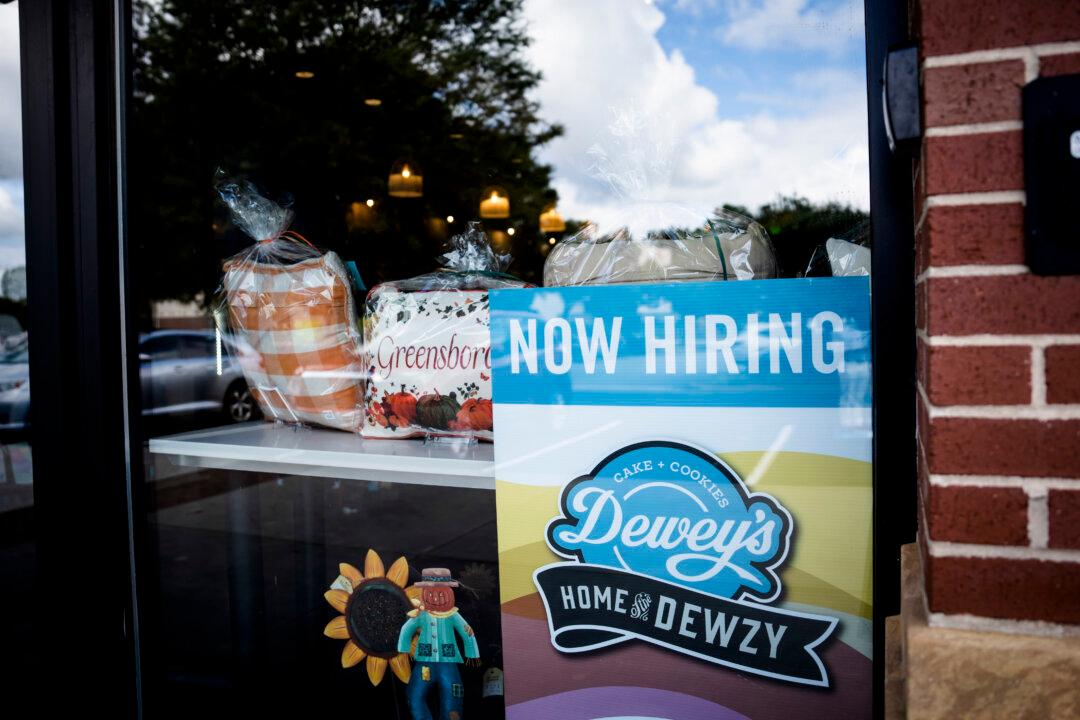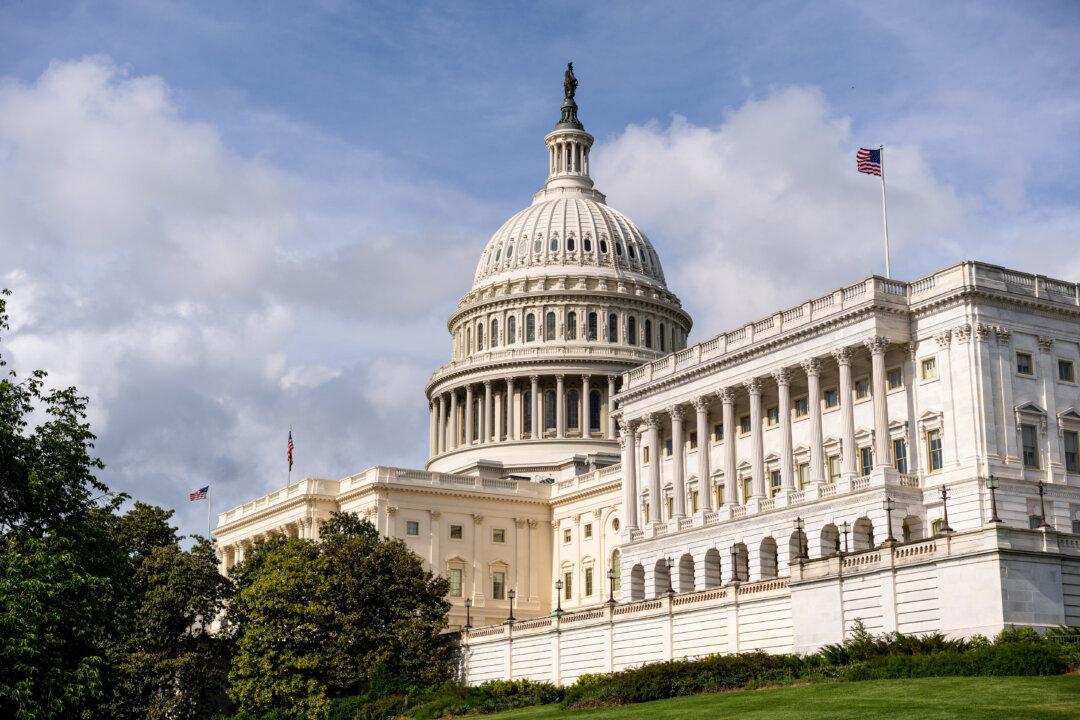The number of Americans filing new applications for unemployment benefits dipped last week, signaling the U.S. labor market’s strength amid economic uncertainty and high interest rates.
Illinois registered the largest increase, totaling more than 1,300. Virginia reported the biggest drop with 1,263.
The four-week average, which removes week-to-week volatility, edged up to 231,500 from the previous week’s 230,500.
Continuing unemployment claims—a measure of individuals who have filed applications for jobless benefits and still receive them—rose to a higher-than-expected 1.903 million from a downwardly adjusted 1.867 million.
Initial jobless claims filed under programs for federal government workers increased by 157, to 595. Economic observers have been watching this metric closely to determine the potential impact of Department of Government Efficiency-related actions.
The latest data highlight the U.S. labor market’s strength during uncertainty in the broader economy. Market watchers are waiting to determine if employment figures in the coming months will show that deteriorating business and consumer confidence is bleeding into the hard data.
Many economists anticipate that possible adverse tariff-related effects will seep into the U.S. economy in the year’s second half, potentially stoking inflation and curtailing consumer demand.
While tariff scares have diminished significantly from a month ago, risks could be lurking around the corner, says Kristian Kerr, the head of macro strategy for LPL Financial.
“Greater clarity is expected later this summer, as economic data tends to lag, meaning the full impact of tariffs may not be evident until June or July at the earliest,” Kerr said in a note emailed to The Epoch Times.
Higher import duties remain top of mind for many U.S. companies.
The focus on tariffs is justified, says Torsten Slok, chief economist at Apollo Wealth Management.
“While tariffs on China have declined from 145 percent to 30 percent, the headwind to corporate earnings from tariffs remains significant because of the overall jump in the average tariff rate from 3 percent in January to 18 percent today,” Slok said in a note emailed to The Epoch Times.
“We are already beginning to see weakness in the economic data with a significant decline in the earnings revisions ratio since ‘Liberation Day.’”
Labor Fragmentation
In April, the U.S. economy created a larger-than-expected 177,000 new jobs, and the unemployment rate held steady at 4.2 percent.Since then, other measures suggest that employers are either in a wait-and-see mode or gradually adapting to the current administration’s policy changes—it depends on the industry.

It is a different story in other employment categories.
Although the administration is changing immigration and trade policies, employer demand for construction, manufacturing, and tourism workers is steady.
“As of May 16, the Indeed Job Posting Index shows that demand for workers in those occupations continues to hold up,” the report stated.
“Indeed data show that hospitality and tourism postings are holding fairly steady for now, albeit at a low overall level, but they will be worth keeping an eye on in the coming months.”
Job postings for desk-based work in sectors such as finance and technology have fallen year over year, and the frontline workforce is facing talent shortages, the report noted.
“This is no longer a one-size-fits-all labor market,” Stephanie Manzelli, chief human resources officer at Employ, said in a statement. “We’re seeing two very different job markets emerge—one overwhelmed with applications, and another starved for talent.”
Mary Daly, president of the Federal Reserve Bank of San Francisco, says that worries from businesses and households are understandable, but the data do not show a drop in investment or spending.







